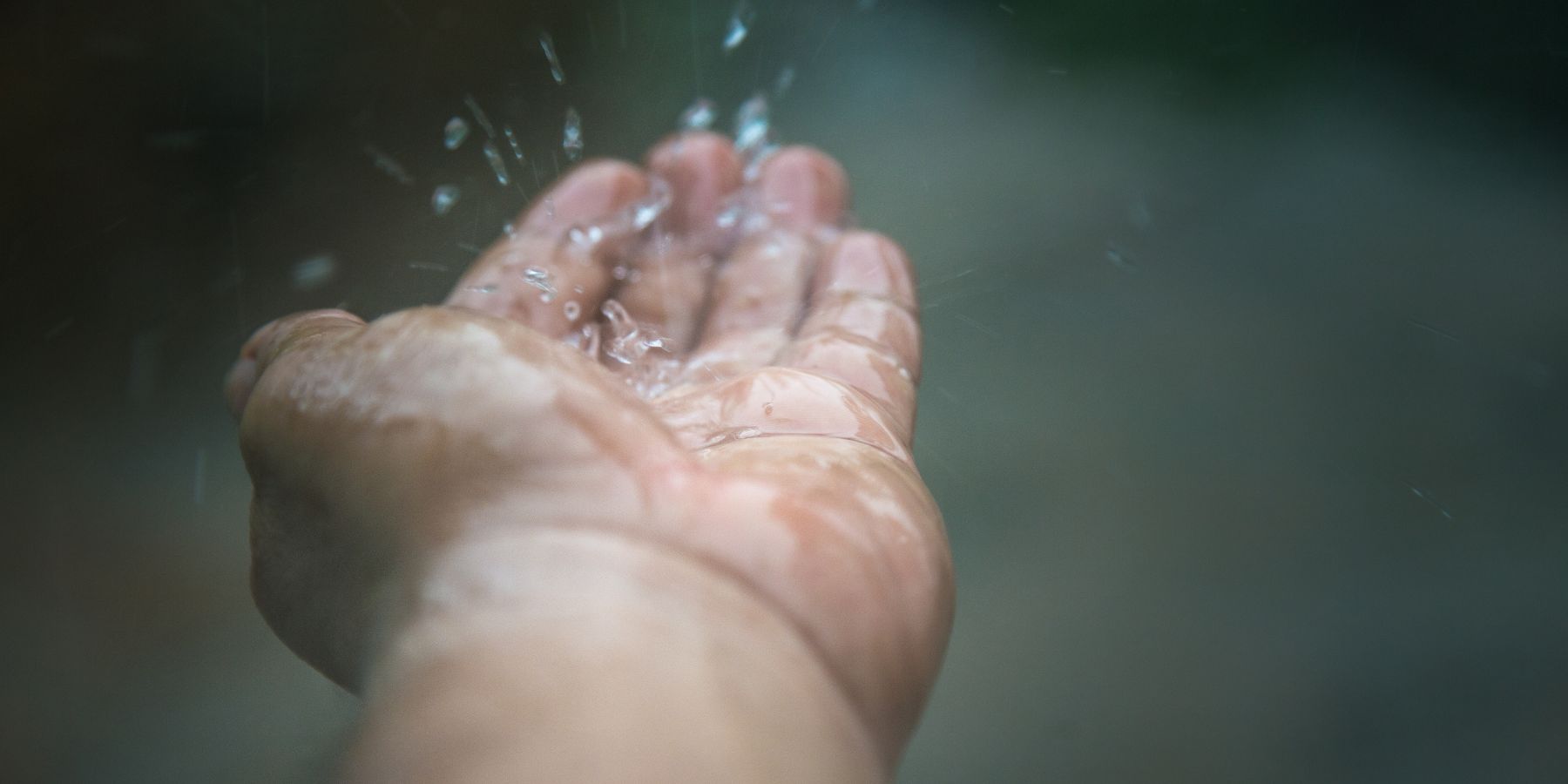Rainwater, falling gracefully from the sky, often tempts our curiosity about its purity and drinkability. While the idea of sipping on nature’s elixir is romantic, the safety of drinking rainwater straight from the sky is a topic that warrants careful consideration.
In this exploration, we’ll delve into the factors influencing the safety of this practice, shedding light on whether it’s a refreshing choice or a potential health risk. Join us as we navigate the cloudy waters and address the question: Is it truly safe to drink rainwater straight from the sky?
Understanding Rainwater Composition
Rainwater is, in its purest form, distilled water. As it descends from the atmosphere, it’s devoid of the minerals and impurities commonly found in other water sources. However, its journey from the clouds to your cup isn’t a completely sterile one.
Airborne Contaminants
While rainwater starts as a clean entity, it can pick up contaminants from the atmosphere during its descent. These contaminants may include dust, pollen, pollutants, and even microorganisms. The degree of contamination can vary depending on the local environment and atmospheric conditions.
Collection Surface Matters
The surface on which rainwater is collected significantly influences its safety. Collecting rainwater from a roof, for example, introduces the risk of additional contaminants such as bird droppings, debris, and pollutants that may have settled on the surface.
The Safety Concerns
Microbial Contamination
One of the primary concerns with drinking rainwater is the potential for microbial contamination. Bacteria, viruses, and other microorganisms present in the atmosphere can find their way into rain droplets. Consumption of contaminated rainwater can lead to gastrointestinal issues and other health risks.
Chemical Contaminants
In urban environments, rainwater may carry pollutants from the atmosphere, including chemicals from industrial activities and vehicle emissions. Ingesting rainwater contaminated with such substances can pose long-term health risks.
Biological Hazards
The presence of biological hazards, such as bird droppings or insect remains, on collection surfaces can introduce pathogens into the rainwater. Without proper filtration and treatment, these hazards can make their way into the water you intend to drink.
Safe Practices for Drinking Rainwater
Filtration and Treatment
To enhance the safety of drinking rainwater, filtration, and treatment processes are essential. Using a first-flush diverter to discard the initial rainwater, installing fine mesh filters, and incorporating UV or chemical disinfection methods can help eliminate contaminants.
Roof Material Matters
The material of the surface from which rainwater is collected plays a crucial role. Non-toxic roofing materials, such as stainless steel or ceramic tiles, reduce the risk of chemical contamination. Regular cleaning and maintenance of the collection surface are equally important.
Local Regulations and Testing
Before embracing rainwater as a drinking source, it’s imperative to be aware of local regulations regarding rainwater harvesting. Additionally, periodic testing for microbial and chemical contaminants ensures the water’s safety for consumption.
Summary
In conclusion, the safety of drinking rainwater straight from the sky is a nuanced matter. While rainwater is inherently pure, the journey from the atmosphere to your cup introduces potential risks. Implementing proper collection, filtration, and treatment practices is paramount to ensure the safety of rainwater for consumption. By understanding the factors influencing its purity and taking appropriate precautions, you can make an informed choice about whether to embrace rainwater as a refreshing drink straight from the sky.
FAQs: Addressing Common Questions
Q1: Can I drink rainwater without any treatment?
A: While rainwater starts as a clean source, untreated rainwater may contain contaminants. It’s advisable to implement proper filtration and treatment methods to ensure its safety for consumption.
Q2: What are the risks of drinking untreated rainwater?
A: Untreated rainwater poses risks of microbial and chemical contamination, potentially leading to gastrointestinal issues and long-term health concerns.
Q3: Can I use rainwater for other purposes without treatment?
A: Yes, rainwater can be used for non-potable purposes, such as watering plants or washing, without treatment. However, for drinking or cooking, treatment is recommended.
Q4: How can I make rainwater safe for drinking at home?
A: Implementing filtration methods, using a first-flush diverter, choosing non-toxic roofing materials, and incorporating disinfection techniques like UV or chemical treatments can make rainwater safe for drinking.
Q5: Are there places where it’s safe to drink untreated rainwater?
A: In some remote, pristine environments with minimal air and environmental pollution, rainwater may be safer to drink without treatment. However, careful assessment is crucial, and testing is recommended.

